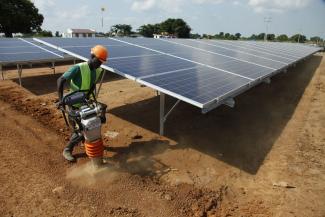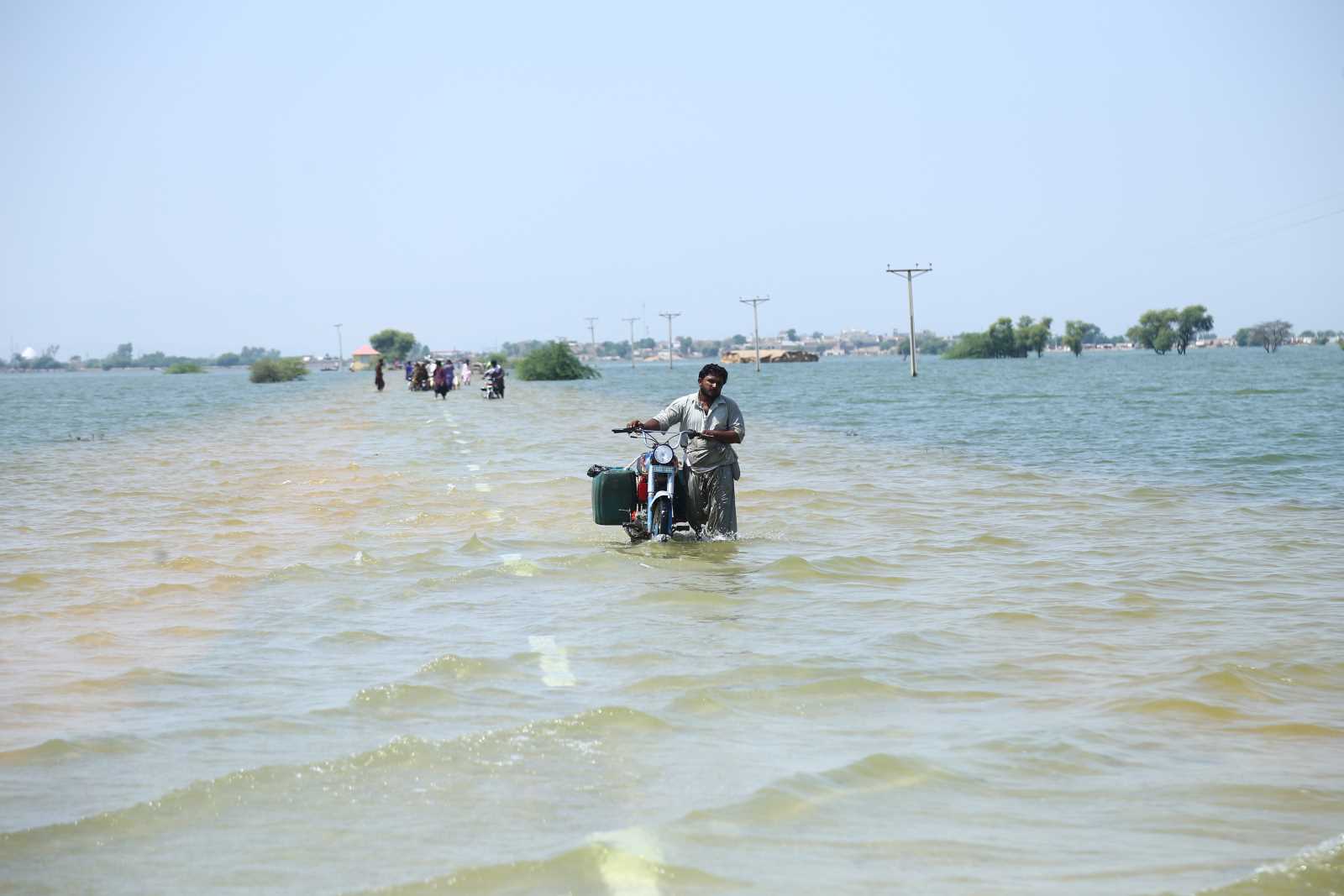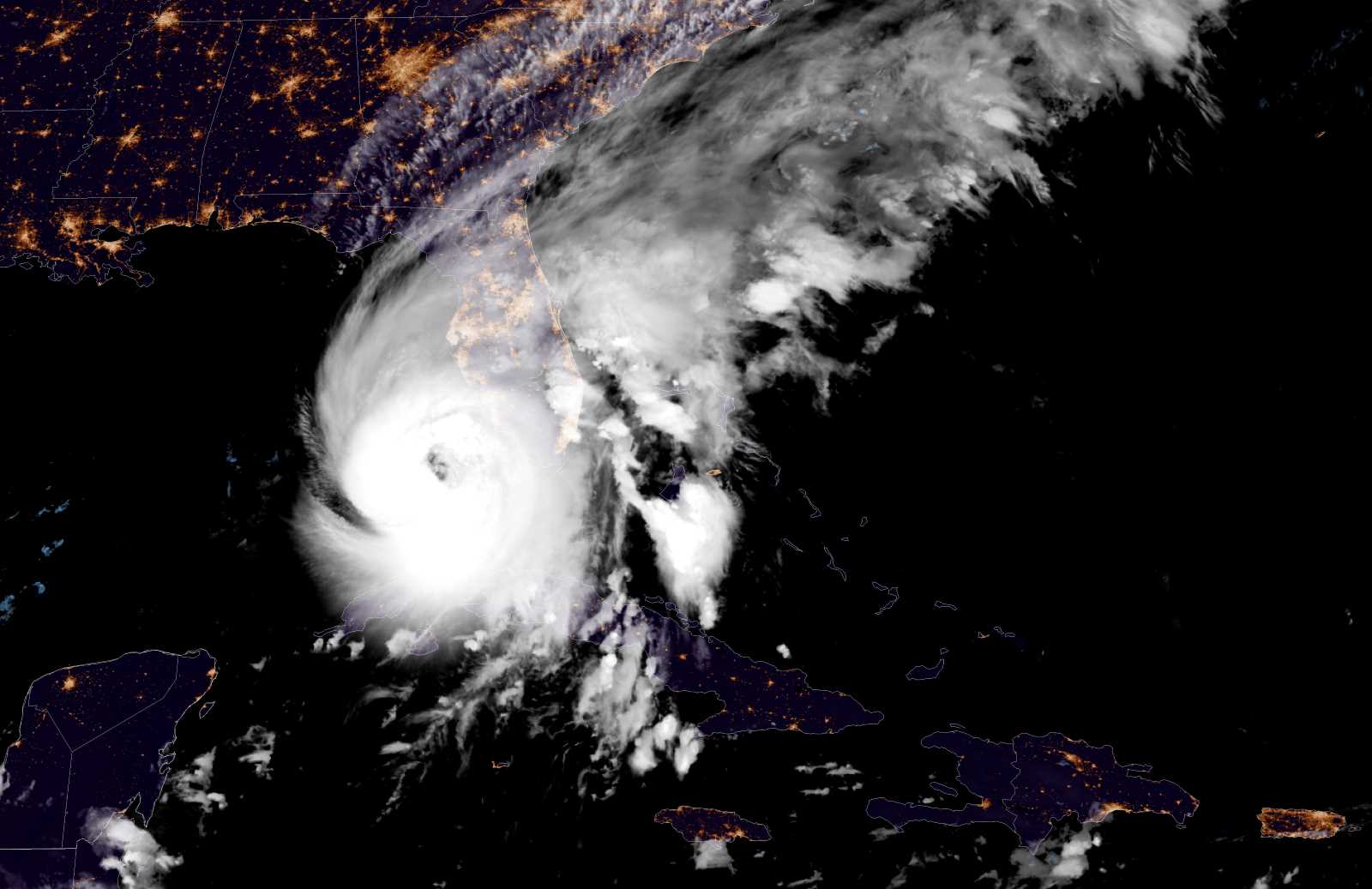Our view
Negative emissions to get to net zero

So far, the share of CO2 in the atmosphere has kept rising – in spite of Paris and much nice-sounding rhetoric. The Covid-19 pandemic has only dented the curve marginally.
In regard to the climate, 2021 is expected to be a decisive year. Ahead of the UN climate summit COP26 in Scotland in November, governments must update their national determined contributions (NDCs). What they have promised to date, does not come anywhere close to what is needed for achievement of the Paris goals. The targets spelled out in the updated NDCs will guide the global community’s response to the climate crisis. Obviously, ambitious targets are not enough; leaders must also make sure they are met. Governments must rise to their responsibility.
It is a good sign that an increasing number of governments have pledged to make their economies carbon neutral. Leading emitters have made such commitments – China, the number one, by 2060, and the USA, number two, by 2050. India, number three, is signalling it may strive for 2050 as well. The EU, the members of which collectively would be in the third place, wants to achieve net zero by mid-century. Even Russia, number four among nation states, is working on a sustainable-development strategy in spite of its well-deserved reputation of climate obstruction. However, only one small and developing country has actually made its economy carbon neutral: Bhutan.
Every country must aspire to get there, and they must take action now, not in a few decades. Experts say we need ambitious reduction targets for the year 2030. In late April, several top leaders scaled up their pledges in that direction at a virtual climate summit hosted by US President Joe Biden. The USA, Canada and Japan will now act faster. Shortly before, the EU and the UK had – independently of each other – adopted higher emissions-reduction targets for 2030 and 2035 respectively. However, all promises summed up are still insufficient to reach the Paris climate goals.
Accelerated action is imperative. Moreover, poor nations deserve more support, and that applies especially to those that are particularly climate vulnerable. Typically, they lack the needed know-how, technology and funding. Advanced nations must shore up their act. They must fulfil their pledges, set good examples and prove reliable partners – all of which will serve their self-interest.
Without negative emissions, net zero will nonetheless prove unachievable. It has become indispensable to capture CO2 from the air and store it permanently because the international community will certainly exceed the carbon budget that is left to limit global warming to 1.5°C. Moreover, some emissions from agriculture and industrial processes are inevitable. Though technologies such as direct air carbon capture and storage (DACCS) may be controversial, they have definitely become indispensable. Large-scale facilities are being built in Iceland, Norway and the USA. Such infrastructure, however, is no substitute for ambitious climate action. There is no alternative to a global transformation to sustainability.
Katja Dombrowski is member of the editorial team of D+C Development and Cooperation / E+Z Entwicklung und Zusammenarbeit.
euz.editor@dandc.eu













